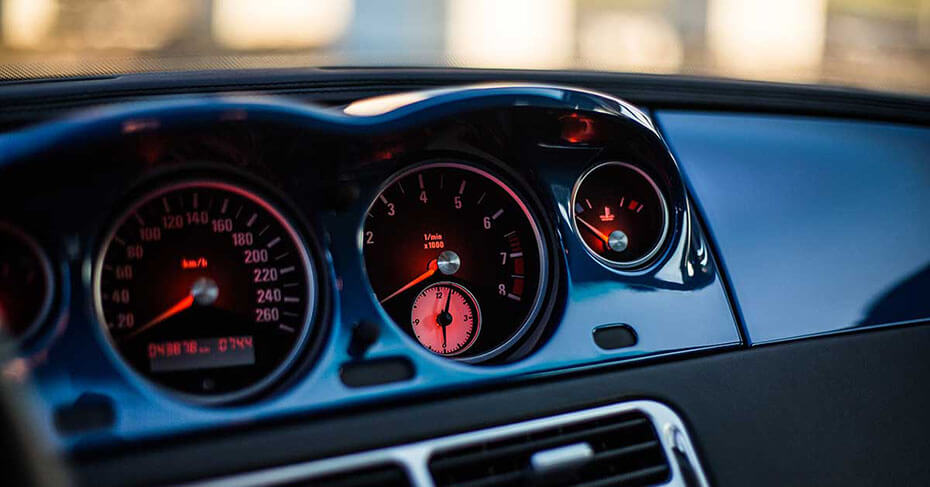
What happens when you drive on empty?

by Maddi Butler
At some point, you’ve probably heard the expression “running on empty.” In conversation, it’s used to describe the feeling of pushing on despite having little energy, referring to a car running on an empty fuel tank. This is something anyone who drives has probably done at one time or another, even though we’re not supposed to. But why are you supposed to avoid driving on an empty tank? Here’s what the experts say.
Is it possible to drive on empty?
Just about every modern car has a warning light that triggers when your fuel gets low. When this light comes on, you’ll know you only have anywhere from 30 to 60 miles until your tank is completely empty. However, it’s important to note that the mileage you can get out of this last little bit of fuel will depend on the type of vehicle you drive, whether you’re driving on residential or highway roads, and how you drive. If you’re in a mountainous area, or get stuck in highway traffic when the low fuel light comes on, you may not have as many miles in the tank as you think.
It’s not an emergency if the low fuel light comes on when you’re close to your next fuel stop. But if you do run out of fuel while driving, you could run into trouble. First of all, running totally out of fuel causes your car’s engine to stop, leaving you stranded. This can be inconvenient at best and dangerous at worst, especially if your car stalls in a high traffic area.
Hopefully this doesn’t happen to you, but if it does, the first step is to pull your car as far to the side of the road as possible, out of the way of traffic. Your next step should be to call for help from a friend, family member, or emergency roadside assistance.
The other consequence of driving on an empty tank is that it can damage your car. A number of components require fuel to run, and therefore shouldn’t run without fuel. Running out of gas once won’t kill your car, but over time it can wear down and damage these parts, likely meaning costly repairs for you.
Here’s what can happen to your car over time.
Throughout the course of its lifecycle, your car will naturally collect sediment, dirt, and other tiny pieces of debris. Generally, this doesn’t turn into an issue, because these particles settle on the bottom of your fuel tank. But when you let your gas tank get low, the chance of these particles getting sucked up into the fuel pump increases. Over time, this can cause blockage in the fuel pump filter, which prevents gas from flowing freely to the engine.
Once gas reaches the fuel pump, the pump pushes it to the engine. By design, the fuel pump is submerged in gas. If there isn’t enough gas in the tank to cover and cool the pump, the pump can overheat and fail. Replacing the pump is definitely an expensive repair you’ll want to avoid. Generally, a pump will otherwise last the life of the car.
Finally, engine misfires occur when your car’s fuel pump takes in air instead of gas. When this happens, you may feel vibration or loss of power. You may also hear a popping or “sneezing” sound. Needless to say, the popping sound isn’t a good sign, and misfires may cause bigger engine problems.
You’ll probably know when your car is running out of gas, and you may feel your car “hesitate,” which is your engine misfiring. If you feel this happening, get off the road, because your vehicle will likely shut off soon. If you can, though, avoid the issue altogether by filling up as soon as your low fuel light comes on!